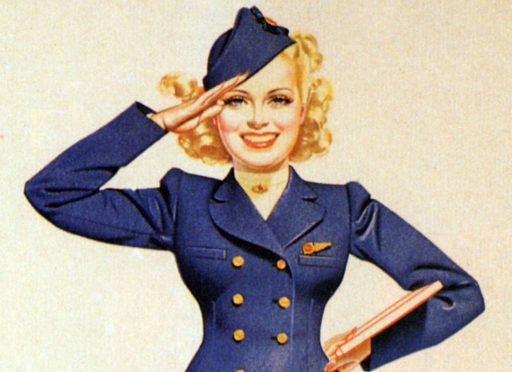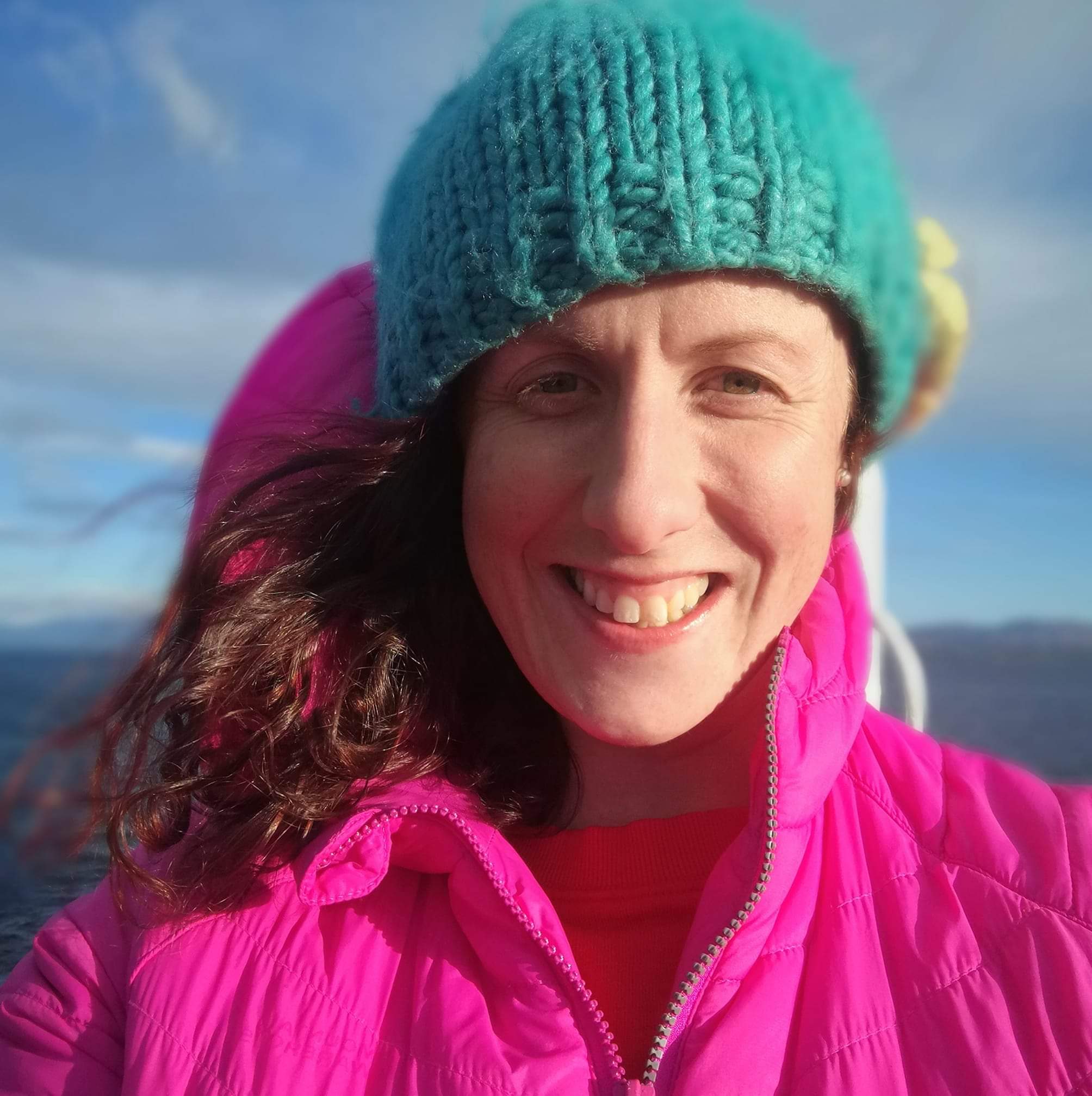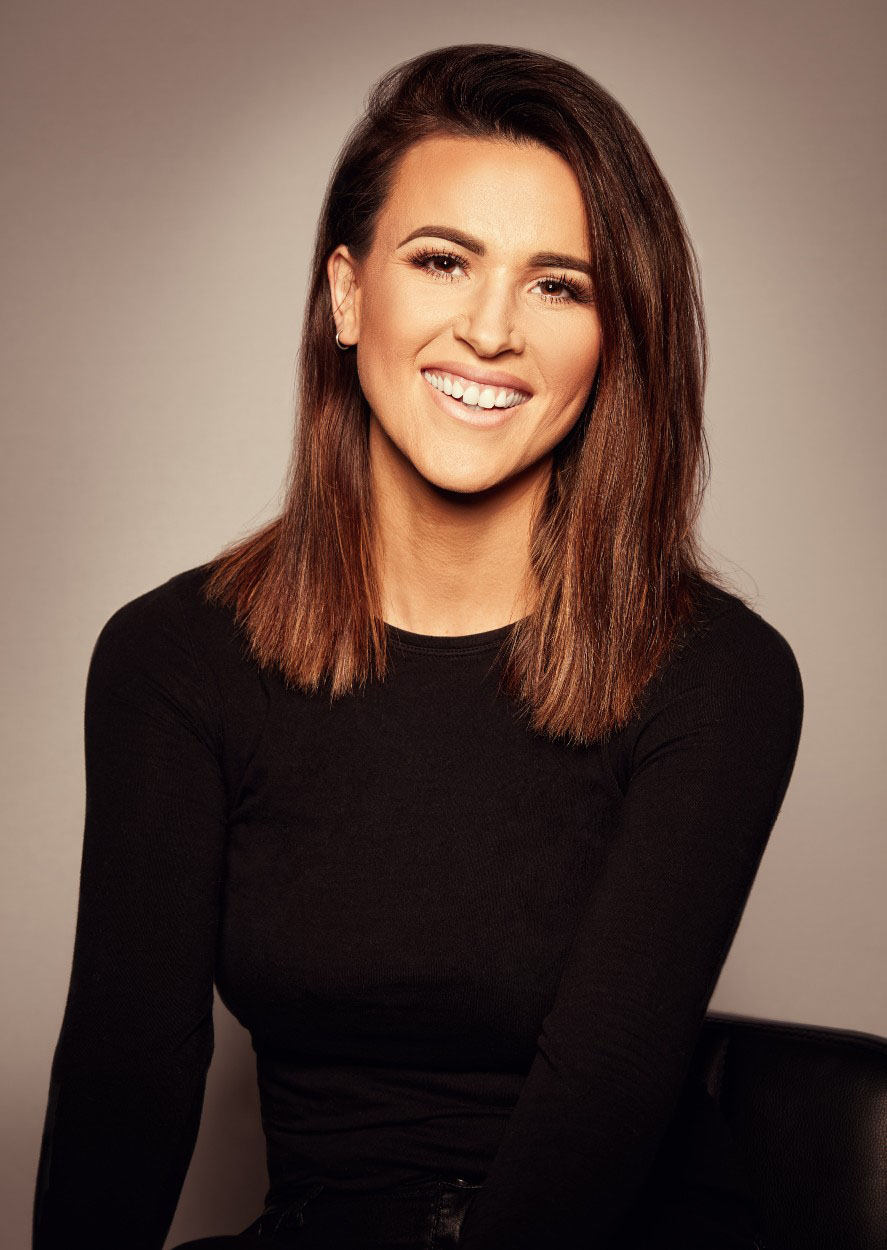
Young, attractive and perfectly groomed – during the golden age of air travel the stewardess serving your drinks would invariably be held to the highest beauty standards.
But, with Virgin Atlantic becoming the first premier airline to relax its stringent rules requiring female flight attendants to wear make-up, how much has really changed?
As well as allowing women to fly without foundation and mascara, the carrier will also now issue trousers as part of the uniform.
It said the change in policy will “offer an increased level of comfort” and “provide our team with more choice on how they want to express themselves at work.”
After decades of guidelines on dress, hair, make-up, shoes and even weight, women in the profession came to be nicknamed trolly dollies, and most major airlines, such as British Airways, still insist on staff applying cosmetics.
Although a lot has changed since a 1936 New York Times article described the perfect hostess as “petite, weight 100 to 118 pounds, height 5ft-5ft 4in and age 20 to 26”, unrealistic standards are still prevalent for many.
However, make-up has also never been more popular, and the UK beauty market will soon be worth around £26.7 billion.
Debbie Cunningham-Brown, lecturer in beauty therapy at Glasgow Kelvin College, said: “Social media has played a key role in the expansion of the make-up and beauty industry, especially with younger people.
“And some make-up artists are making a real name for themselves online.”
Here, we speak to two women to discover how make-up affects their lives.
I’d be stunned if my employer told me how I had to look. It is my choice.
As someone who rarely wears make-up, civil servant Katherine Hart, 35, from Edinburgh, was shocked to learn some airlines still tell women how to dress at work.
“I didn’t know this was a policy until it appeared in the papers so I was very surprised to know it had been the position until now,” said Katherine.
“I would be stunned if my employer told me I had to wear make-up! It should be a woman’s own personal choice.”
Comfortable in her own skin and happy to face the world without foundation and other cosmetics, Katherine admires women who are masters at make-up but feels there are more important things to worry about – as a keen cyclist and swimmer it’s just another thing she would have to carry around.
She added: “I’m really lucky to work in an office that values you for your contribution and the work you do, rather than anything else.”
Like it or not, lippy and fake ’lashes give women confidence.
Wearing make-up every day may be a personal choice for Ebony Smith, 33, but it also comes with the territory of her day job.
As director at GlamCandy make-up school, Ebony, from Edinburgh, is helping teach the next generation of make-up artists, and believes cosmetics have always made women feel more confident.
She said: “Make-up has – and always will be – a lifestyle choice for women. It’s a habit that comes from watching our mums.
“And whether we like to admit it or not, for many, wearing make-up gives us confidence.
“I know myself, I don’t leave the house without wearing fake eyelashes.
“If I don’t, people know I’m either not well or there’s something wrong!”
Ebony says there’s also been huge growth within the industry: “Everybody – especially millennials – are wearing a full face of make-up. It’s a big trend.
“Social media has had a massive influence on that.”

Enjoy the convenience of having The Sunday Post delivered as a digital ePaper straight to your smartphone, tablet or computer.
Subscribe for only £5.49 a month and enjoy all the benefits of the printed paper as a digital replica.
Subscribe
